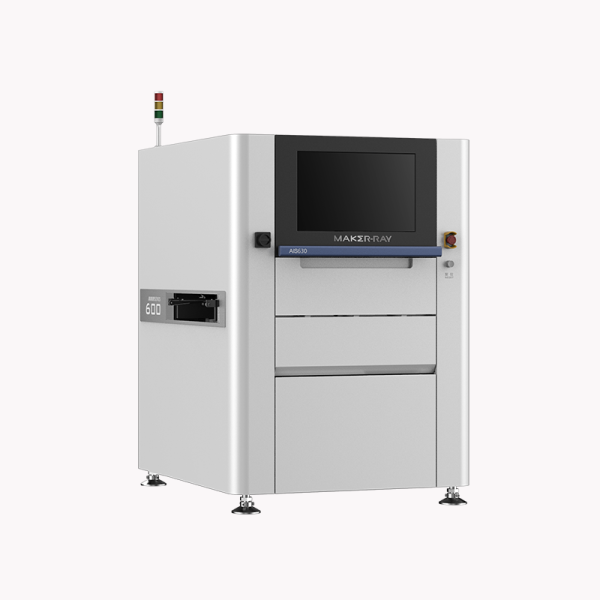Visual inspection systems are more than just a way of checking for flaws in your product. They’re also a way to check for quality control, as well as whether or not it meets all brand standards. This blog post discusses what you should expect from visual inspection systems.
What is a visual inspection system?
A visual inspection system is a device that helps inspectors visually inspect products or assemblies. Inspectors use visual inspection to detect defects and failures in products. Visual inspection systems can be used in a variety of industries, such as manufacturing, automotive, and aviation.
How does a visual inspection system work?
Visual inspection systems are a type of inspection equipment that uses cameras to capture images of objects and components. The inspection system then analyzes the image to determine if there are any problems with the object or component. Visual inspection systems can be used in a variety of industries, including manufacturing, automotive, and aerospace.
When using a visual inspection system, it is important to understand how it works. A visual inspection system typically consists of two parts: the camera and the processing unit. The camera captures an image of the object or component being inspected. The processing unit then analyses the image to determine if there are any problems.
There are several different types of visual inspection systems available on the market today. Some visual inspection systems use traditional cameras while others use digital cameras. Some visual inspection systems use manual analysis while others use automatic analysis. Each type of visual inspection system has its benefits and drawbacks. It is important to select the right type of visual inspection system for the task at hand.
6 points you should know
Visual inspection systems are an important tool in the inspection process. They help inspectors identify defects, hidden problems, and potential safety hazards during the manufacturing process. Before using a visual inspection system, it is important to understand what to expect. Here are six key points to keep in mind when using a visual inspection system:
- A visual inspection system can help inspectors identify defects that may be difficult or impossible to see with the naked eye.
- Visual inspection systems can help inspectors locate potential safety hazards and hidden problems with parts and products.
- Visual inspection systems can speed up the inspection process by identifying issues that would otherwise take longer to find.
- Visual inspection systems can be used in both manual and automated modes.
- Visual inspection systems can be customized to fit specific needs, including the type of product being inspected and the size of the factory floor.
- Proper training is essential for the effective use of visual inspection systems, so make sure you invest in adequate training to ensure optimal performance from your system.
Conclusion
Visual inspection systems are becoming more and more common in manufacturing environments, as they provide a wide range of benefits. In this article, we will give you tips on how to get the most out of it. MAKER-RAY can tell you more about it, if you are ready to invest visual inspection system, then be sure to consider MAKER-RAY.




